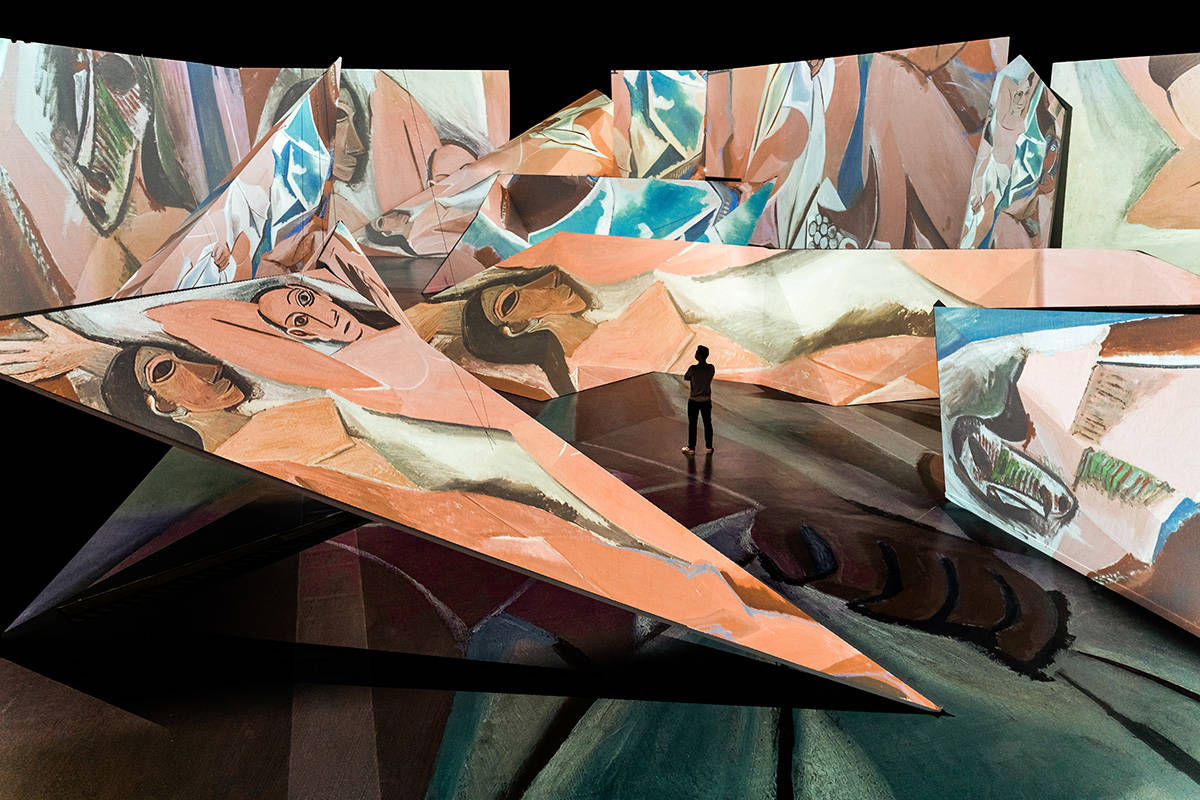“Good artists copy, great artists steal.”
So said Pablo Picasso – and while we obviously don’t condone nicking people’s IP, we can definitely get behind his belief that great art is the result of compiling the best of what we’ve experienced.
Picasso might have smashed various body parts and violins together to create his masterpieces, but we believe the same can apply to experience design. One of the key beliefs that the WXO was built on is that there are always ideas in different experience sectors to our own that we can all “steal” in order to make our experiences shine.
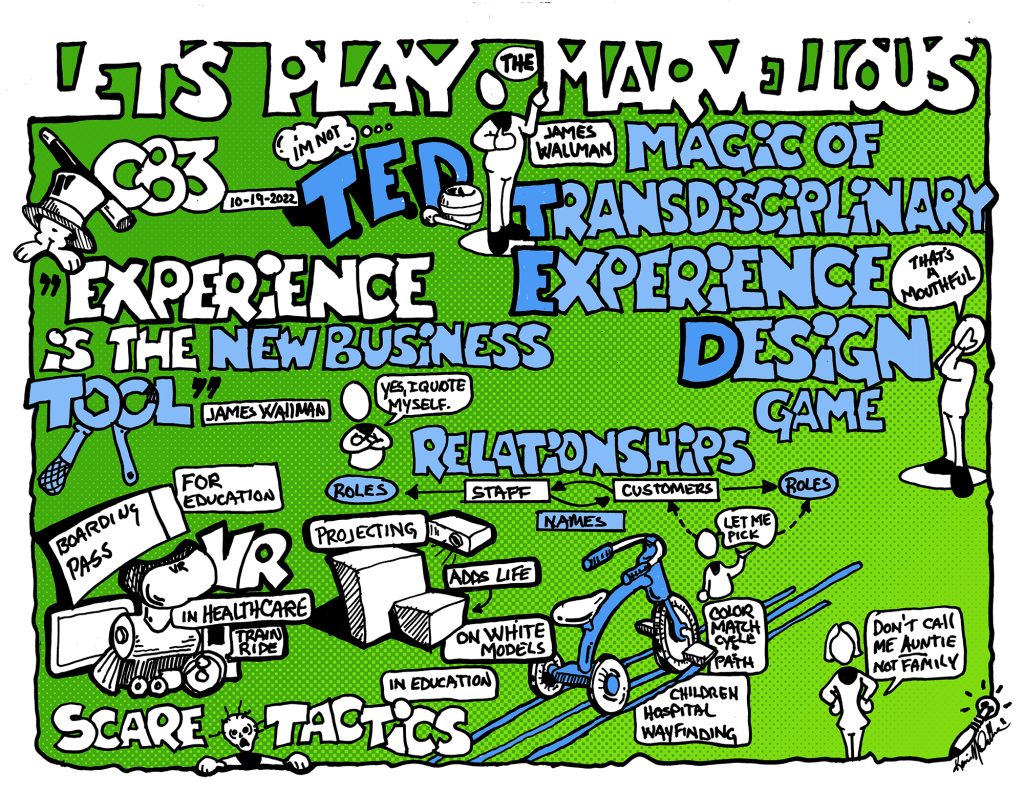
We call it “transdisciplinary experience design”: where we look beyond our own noses to find the best tools and techniques out there, and apply them to our own ideas. So for our latest Campfire, WXO CEO James Wallman gave some examples of transdisciplinary experience design in action, fresh from his keynote on the topic at the 7X Experience Summit in Utah – and invited our members (pioneers? EXplorers? More on this later…) to play the game of transdisciplinary experience design for themselves.
If you want to know what Disney has to do with brain scans, how VR is elevating the elderly, and why Hamlet inspired a game of wheelchair basketball, read on…
Why Experience Is The New Business Tool
A 1927 piece for The Atlantic magazine stated that “beauty is the new business tool”. Just as nearly 100 years ago the move from the industrial to the consumer revolution sparked this comment, we’re standing on the edge of a new revolution: from materialism to experientialism.
“Experience is the new business tool – and experiences are humankind’s next great leap forward.”
James Wallman
The work that experience designers are doing is going to transform quality of life, whether it’s creating truly transformative art, improving customer experience, or revolutionising the way that cities are designed.
So how do we speed up this leap? We believe the answer lies in transdisciplinary experience design. As the Harvard Business Review says:
“The breakthroughs [of cross-sector pollination] are frequently of unusually high value… superior to the best innovations achieved by conventional approaches.”
Harvard Business Review
When we have a shared language, we can meet and exchange ideas. One of the silver linings of the pandemic is that it accelerated the use of video conferencing platforms and normalised people from all parts of the world coming together to connect and share.
Transdisciplinary Experience Design In Action
We’ve already laid down some guidance for how experience designers can come together to create a shared language and therefore work together to combine wisdom from different sectors in Campfire 23: How To Bring Different Worlds Together and Campfire 26: When X Meets X, How Might We Experience Fusion? But what does this look like in practice?
UK football to American basketball:
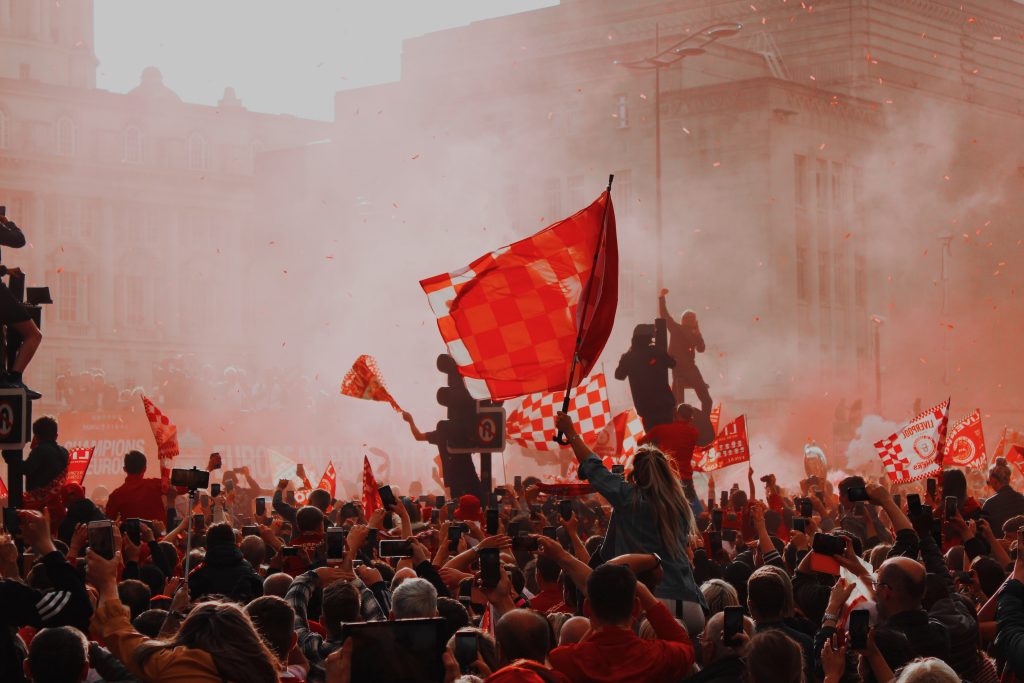
In Campfires 45 & 46: The 4-Step Plan To Transform Spectators Into Superfans, UK academics Giana Eckhardt and Tim Hill studied the conditions at Liverpool FC’s home ground, Anfield, to discover how they generated an electric atmosphere. The results were a four-stage “ritual chain” charting the journey from participation to recovery.
The US company ZEBRADOG, which specialises in the built environment, borrowed this ritual chain, and particularly the “participation” and “activation” phases, creating a “crazy wall” for Duke’s basketball team that brought the raw energy of the fans to visitors on non-game days, too.
Brand experience to travel:
In Campfires 41 & 42: The Experience Thinking Relationship Model, Dr Michael T Lai introduced his quietly revolutionary model showing that the relationship we have with our consumers is similar to that we might have with other people, moving up in intensity from stranger to acquaintance to friend to family member.
The immersive entertainment company Eat The Cake Studio took Lai’s model for creating consumer journeys and applied it to their history-based immersive experiences. As founder Frances Vieras Blanc says:
“Depending on the client and whether it’s the first time they’re approaching us, we have different rituals to welcome them based on these levels of interaction.”
Frances Vieras Blanc
Vieras Blanc has since noticed opportunities other experience creators could use to do the same. For example, at the recent College of Extraordinary Experiences, she received the same treatment as an alumni to first-timers, where having a different pathway to follow could have made her feel even closer to the brand.
Events to education:
Inspired by Audette Sophia’s incredible events, where guests are given a special, theatrical welcome, educational experience organiser Adi Livneh created a corporate learning experience that felt a million miles away from the usual dull training day. She drew inspiration from air travel, sending attendees a “flight ticket” and greeting them with people dressed as air stewards, continuing the theme throughout the day.
Themed attractions and VR to healthcare:
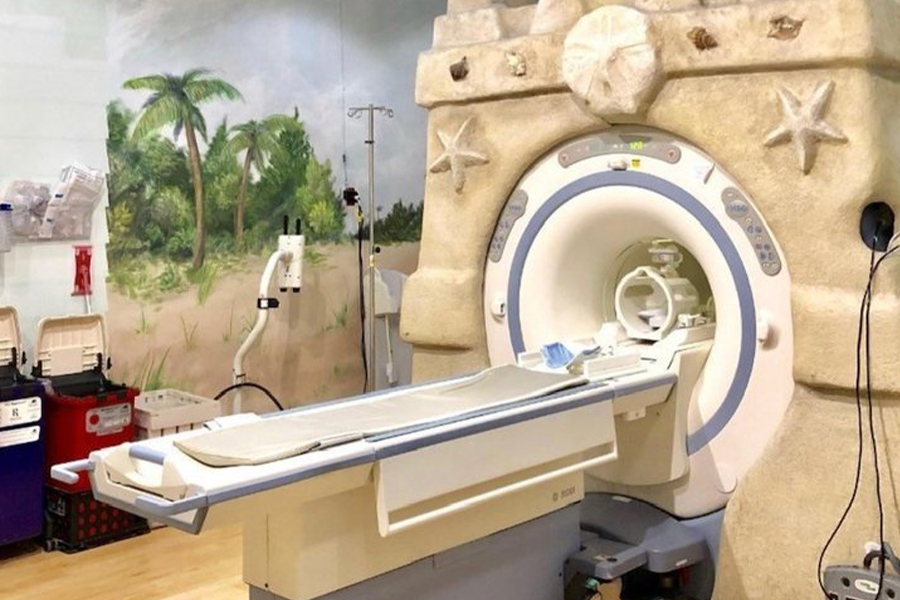
Joe Pine, author of the Experience Economy, gave an example of how the healthcare company AdventHealth took inspiration from Disney when designing their MRI unit for children. The walls were painted like the beach, you smell cocoa butter and hear ocean waves, and are given a terrycloth robe while you wait, transforming a not particularly pleasant experience into a day at the beach.
Doug Steel also shared a neat bit of theatre in an elderly care home, where a fake “train carriage” complete with views zooming by gave both residents and visiting relatives the opportunity to reminisce on journeys gone by.
Immersive to… anything:
The new AREA15 malls opening in Las Vegas and Florida take experiential retail to the next level. The Singapore-based theatre company AndSoForth created an experiential dining experience with a literary twist in their Around the World in 80 Days event. And the founders of Secret Cinema are reimagining urban design with their latest project, Lost, which will reinvent the abandoned Allders department store as a multidisciplinary venue and community hub.
Scare attractions to corporate development:
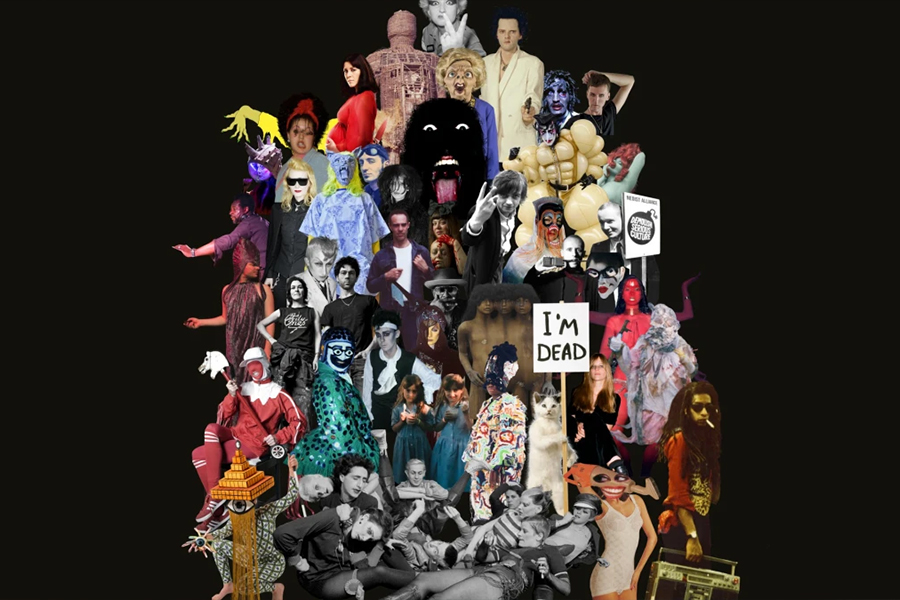
Horror attractions designer Michael Badelt gave an inspiring talk on using moral dilemmas to pull people into your experience in Campfires 56 & 57: Trojan Horses And Finding Meaning In Unlikely Places. He also told a story about sitting at the exit in order to get unbiased, visceral audience feedback, iterating and improving the experience as a result. (Performer and director Leah Ableson promoted a similar approach in Campfires 76 & 77: Field Data From The Front Lines.)
Deloitte’s Greg Palmer has embedded this idea in his own corporate development programmes:
“This has become a first principle for us. At the end of the program, what do we want people to be feeling, doing, saying to others?”
Greg Palmer
Museums to fan experience:
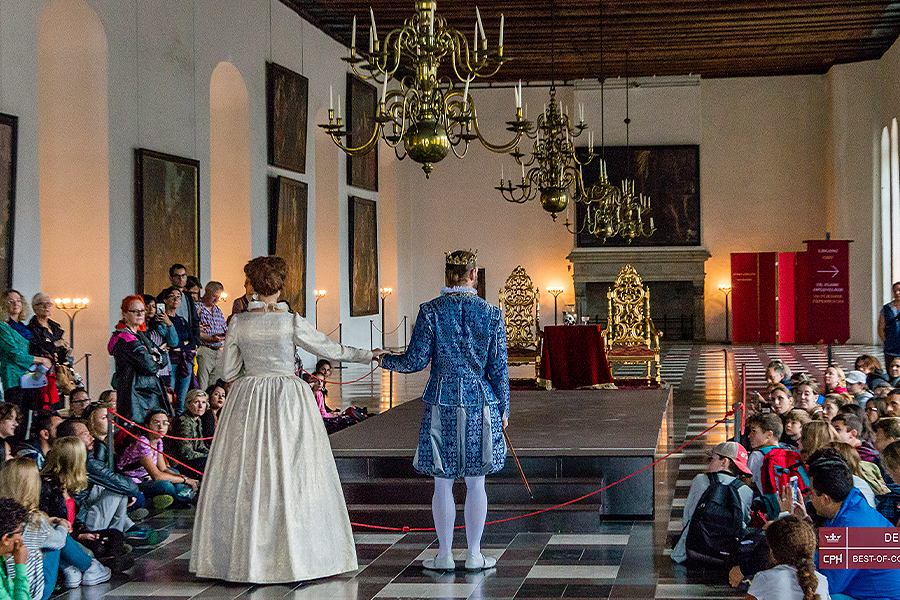
In Campfire 38: Experience Design And The Seven “I”s, a team of experience design experts including Joe Pine and Peter Holst-Beck analysed the success of Hamlet Live in Denmark, an immersive theatre production that doubled prices and tripled visitor numbers, becoming the “golden egg” for Kronborg Castle where it was set.
Inspired by the framework they identified, sports experience expert Andrew O’Loughlin used the same principles to engage sports administrators around the sport of wheelchair basketball. None of the participants needed a wheelchair, but by going through the experience as if they did, they gained a new level of insight and empathy. Moreover:
“Some were given a good experience and some a bad experience. There were many ‘aha’ moments of how important the experience is to determine what people feel, what they think, do or not do, and what they will say afterwards.”
Andrew O’Loughlin
The above are just a snapshot of the infinite ways that experience genres can be mixed and matched to create something new and/or improved. If you want to imagine more, you can play the “Magic Transdisciplinary Experience Improv Game”, as Wallman invited our Campfire to do:
- Pick an experience sector
- What do you call “people” (i.e. customers, guests, participants, etc) there?
- What tool or technique do they use to create experiences?
- How might you use this in an adjacent/opposite sector?
Here are a few of the conversational pathways our Campfire meandered down in the pursuit of transdisciplinary design diamonds.
Put Caring Before Curing
In a healthcare setting such as a hospital, your “people” are patients. Mike Gunawan says that the primary experience of healthcare isn’t about curing people, but caring for them.
“How can we approach experiences from a caregiving, rather than curing, perspective?”
Mike Gunawan
Similarly, Steinn Einar thought that the sector of “voluntourism” and the idea of caring as a gift – as in this campaign from the Faroe Islands, which “closed” to all visitors except volunteers – could be used in other sectors to positive effect. The last “S” in Wallman’s STORIES framework for extraordinary experiences, “Status & Significance” explains how when you do things for other people, it increases your oxytocin and makes you happier, as well as the person on the receiving end and anyone watching – making it a powerful tool when building experiences. Maybe our politicians could do with a dose of this caring approach…
“What if you created an experience of everyday work and got politicians to go through it, in order to get them to care and bring humanity back into the decision making process?”
Vanine Najaryan
Another way that the healthcare industry might inform experience design in other sectors is in the concept of diagnosis – something we’re already seeing be introduced in wellbeing or psychological experiences. Take the functional experience Dreamachine, where you have to fill out a form vetting your suitability before you’re allowed to attend.
Use Theatrical Props To Play With Expectations
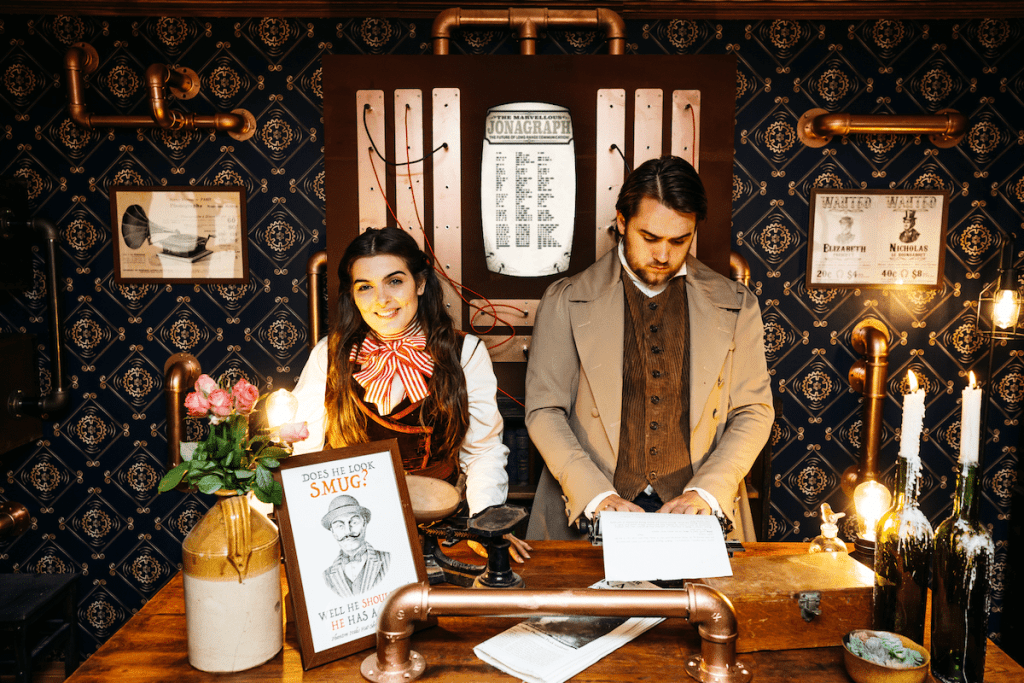
One of the things that Disney does so well in its theme parks is use visual anchors and props to build each world, so you know exactly where you are and where you’re going. Michiel van Eunen wondered if the same approach could be used in a theatrical experience to be used as foreshadowing or to play with the audience’s expectations.
“This makes me think of Chekhov’s gun. How might we use a prop to make people wonder what’s coming next – and then use or not use it?”
James Wallman
As per Chekhov’s original statement (that if you introduce a gun in the first act, it has to go off in the second), there’s a risk that if we introduce a prop and then don’t use it, we might disappoint the audience. However, perhaps playing with this expectation could introduce intrigue – and even give audiences a reason to return?
“Thinking of The Uncertainty Experts and the idea of predictive error, it’s an interesting area to play with. Perhaps the prop could appear in the follow-up, just not in the way you expected it to.”
Frances Vieras Blanc
In the new open-world immersive experience Phantom Peak, for example, there are more than 16 different narrative pathways to explore, introducing a number of possibilities as opposed to a singular experience. Bernd Gibson already uses props in his learning workshops, but wondered if he might add unpredictability, wonder and a sense of a non-linear story by including some red herrings.
“I sometimes decorate the table with props, balloons and so on, which keeps people tuned in as they wonder what I’m going to use it for. Maybe I could have more props than activities, some of which would be used in the following workshop. I could even give people a choice about what they use, so the activity follows the prop rather than the other way around.”
Bernd Gibson
Perhaps we could even imbue each object with several meanings, so that they can be reused and reengineered to suit the experience.
“How can we engineer an object for certain feelings as well as senses? For example, a clown can trigger the emotions of funny, scary, naughty, or a guitar can represent freedom.”
Mike Gunawan
Introduce Music As Manipulation
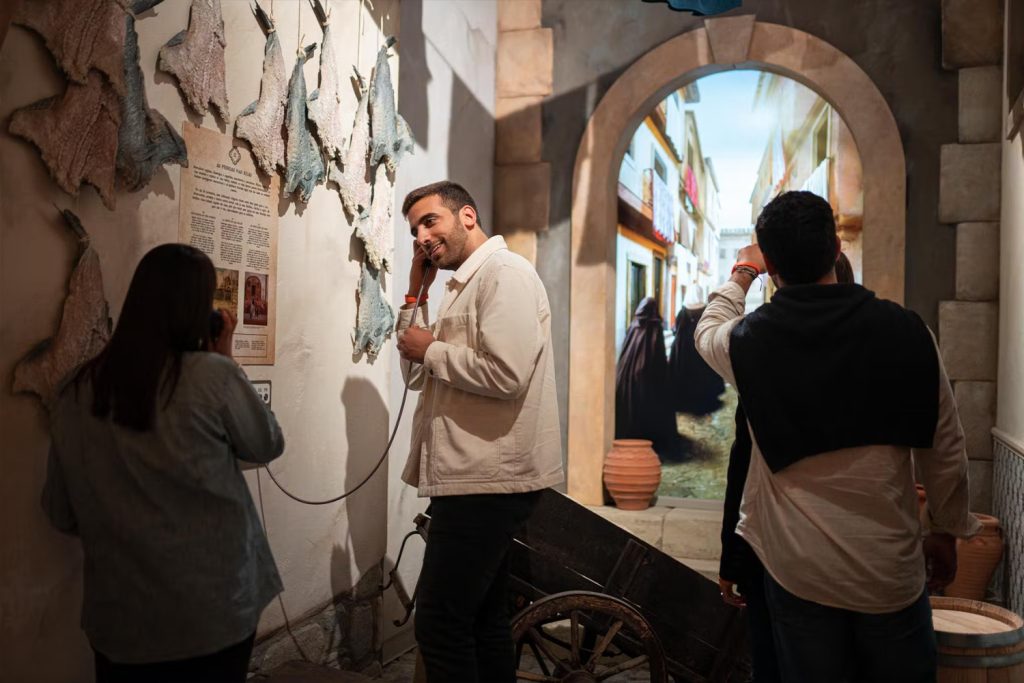
One of the most immersive experiences out there is that of a nursery school, where teachers often use music to change the mood or introduce a new section of the day. Could we use music in a similar way to props, as a subtle signal that a change in direction is imminent, or as a palette cleanser between atmospheres?
This approach could apply to our senses beyond just sound. Frances Vieras Blanc introduced the idea that we have 33, not 5, senses, ranging from equilibrium to temperature to interoception, all of which can be designed for. In the Lisbon Quake museum, for example, perhaps subtle vibrations could alert us that something is going to happen and make us slightly uncomfortable.
What’s In A Name? (Actually, Quite A Lot)
Being asked to think about what name we call our “people” in each sector opened up an interesting question: how much does what you call your market change how you treat them, or how they feel about your brand? And does it matter if the term you decide on feels inauthentic, or at odds with your actions?
For example, the term “family” might evoke warm, positive feelings in some people – but for others it might make them feel hostile, or underline the difference between an actual family and a brand relationship.
“If we’re speaking of inclusivity, the term ‘community’ might be better, and also better suited to a commercial relationship. When we think of superfans, for example, we think more of a community than a family.”
Lou Murray
There should also be a relationship between what you call your customers and your staff. Kevin Dulle gave the example of Verizon, where guests are “explorers” and staff are “guides”.
The more specific and personal we can be with this terminology, the more it will resonate with our people. Andrew Lacanienta gave the example of a brand that calls its customers “trailblazers”, while Samantha Hardcastle has worked with a hotel brand that calls its guests “tinkers”. At Meow Wolf’s Convergence Station, visitors are called “travellers” in line with its theme of intergalactic travel, from the booking stage through to follow-up emails.
“The more specific you can get, the more people will relate, especially if it’s related to the concept. It enhances the role-play experience that people take on and transports them into a new world.”
Samantha Hardcastle
Having a specific brand identity also makes your brand more “shoppable”, creating new opportunities for brand extensions and memorabilia, like that you might see at a conference or a theme park.
And whatever you call your customers, designing this term with them by inviting them into the process is crucial if it’s to feel authentic rather than intrusive. In the ritual chain identified by Eckhardt and Hill, Liverpool FC worked with the fans to co-create atmosphere, instigating group chants but letting the fans take ownership of it.
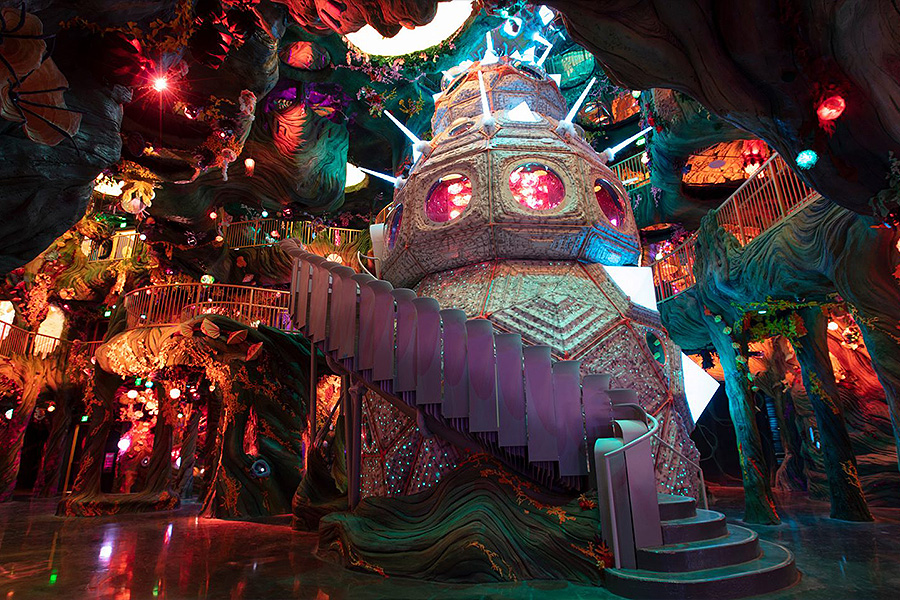
“Co-creating that term is really important, allowing the customer to decide for themselves how they want to identify.”
Jacqui Rossi
Perhaps we could adopt this in the booking experience, an often overlooked part of the chain.
“My bugbear in hospitality is that you book, it’s impersonal, and you don’t hear from them again until you arrive. Perhaps hotels could borrow a Secret Cinema vibe – you provide the conditions for them to create their own identity.”
Victoria Taylor
Identity also doesn’t exist in a vacuum, but in concert with other people. We often talk about designing for demographics or psychographics, but we should remember that people can be many different things, shifting to suit the situation. Therefore we should design not for personas, but for interactions.
“The role of ‘patient’ cannot exist unilaterally – there has to be a nurse or doctor. You can’t be a parent unless there’s a child. So we should ask ourselves if this is a duo, triple or even quadruple experience, and design accordingly.”
Mike Gunawan
The WXO Take-Out

Innovation rarely happens in a vacuum – and the great leaps in experience design are equally unlikely to be born in one sector alone. Instead, when we look beyond the boundaries of our own experience, we’ll find tools and techniques that, with a little imagination, can be applied and add greater resonance to our designs.
So next time you’re designing an experience, ask yourself:
- How have you borrowed from other “experience genres” in the past?
- What tools / techniques in other experience sectors would you like to use in your experiences?
- Where are you stuck, or have plateaued a bit, and could use some help from another sector?
To continue the conversation, WXO Members can head to the topic on My WXO here.
To see the full line-up for the WXO Campfires Season 5, click here.
To apply to join the WXO and attend future Campfires, click here.

